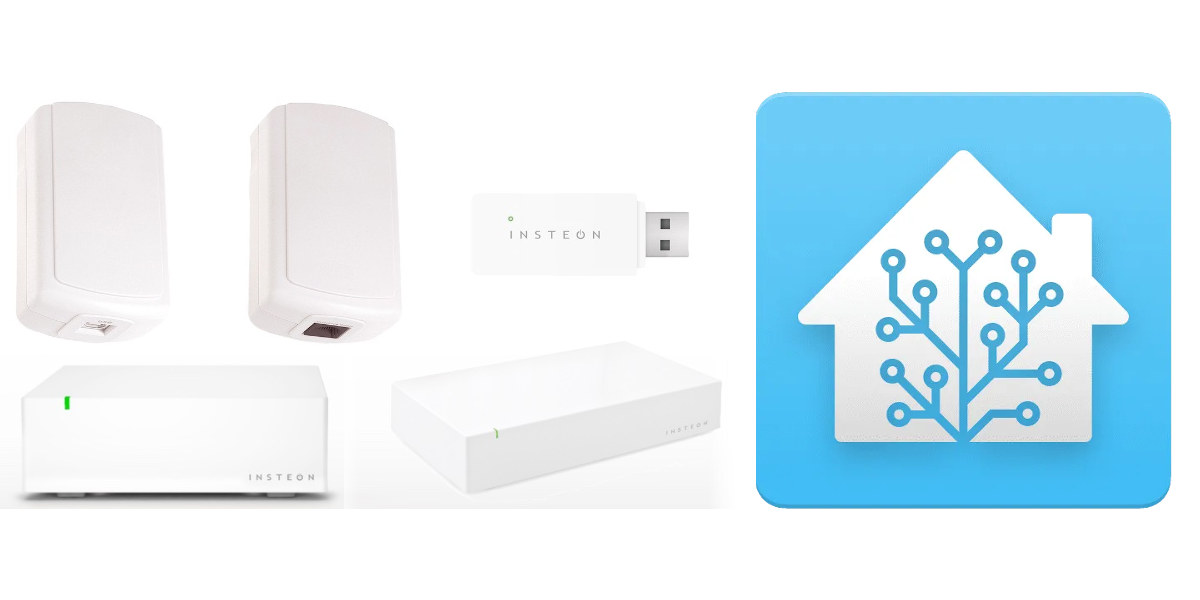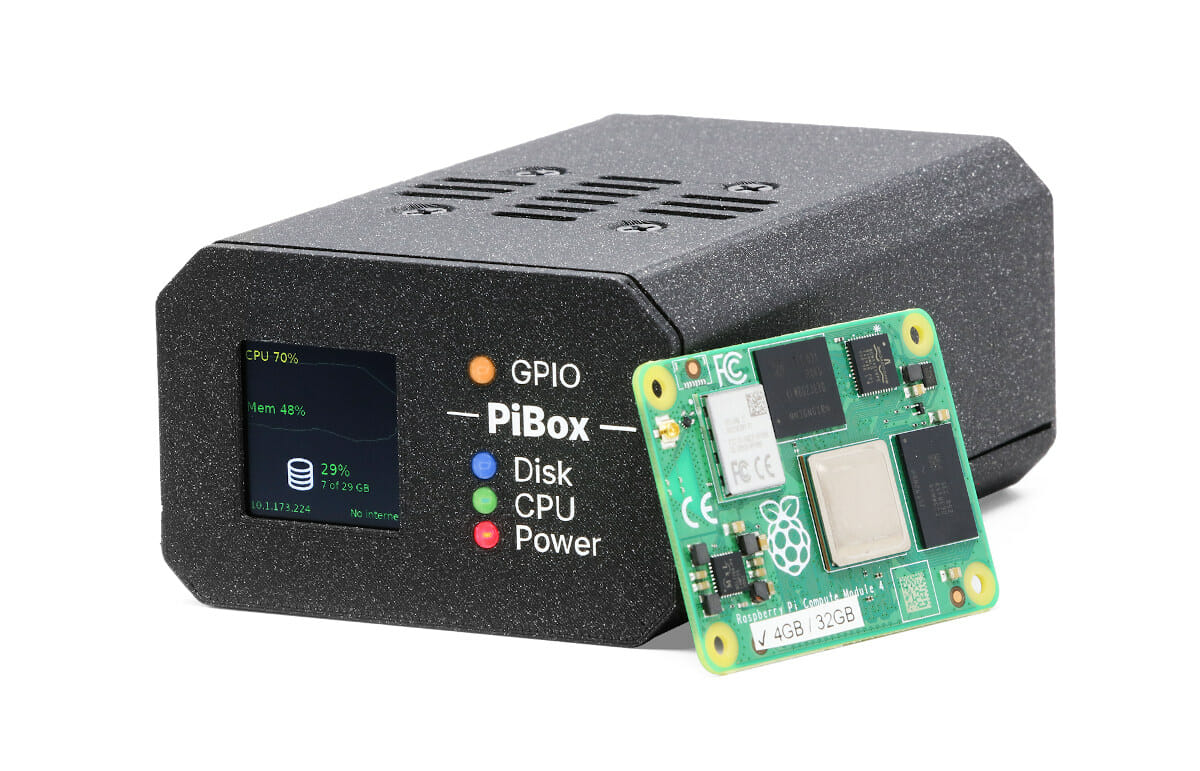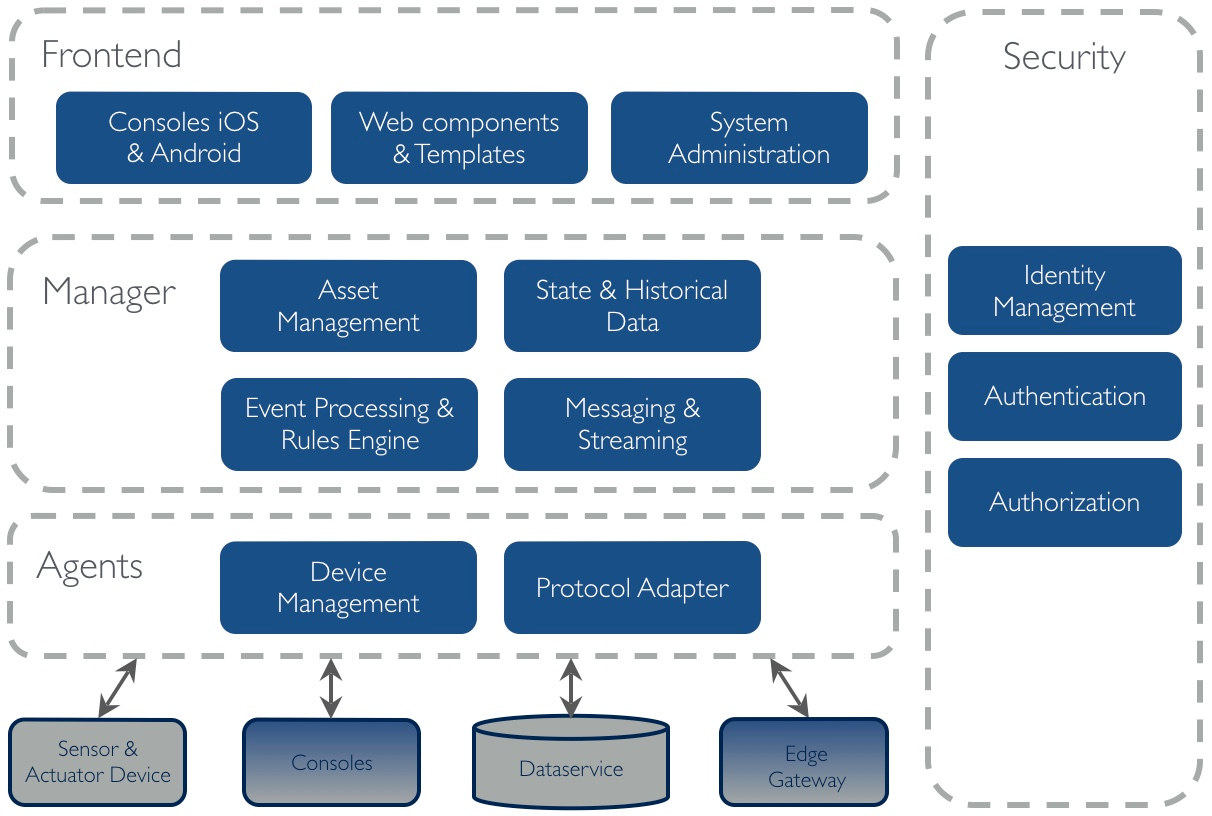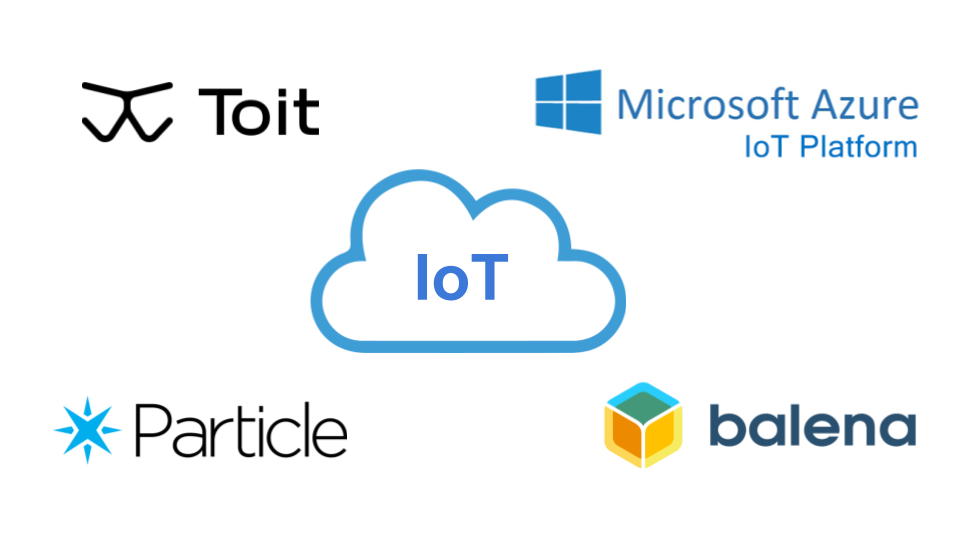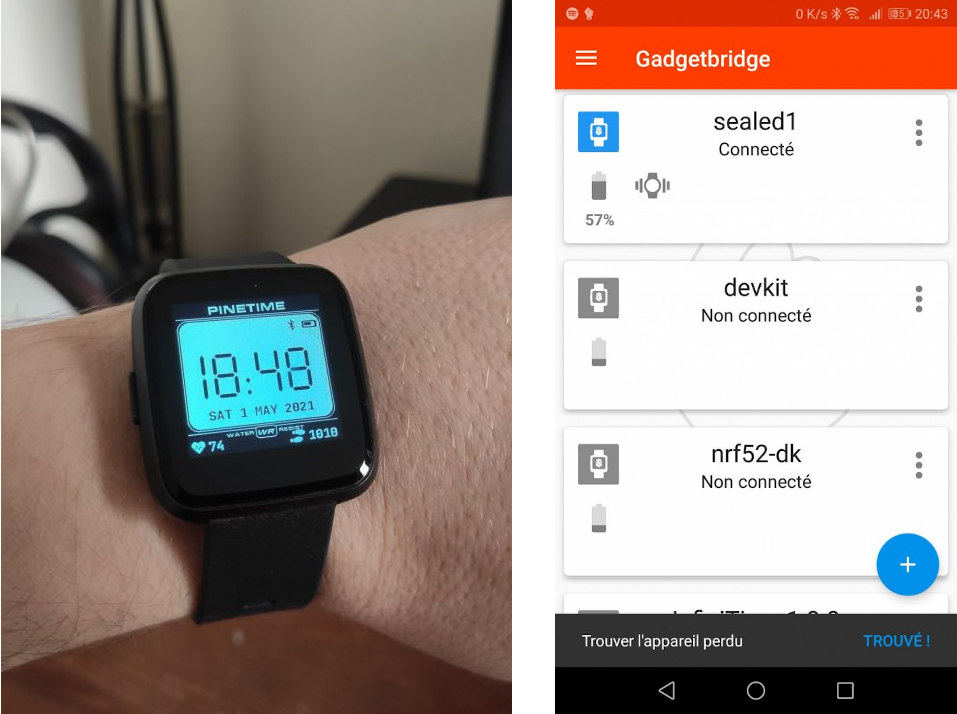Smartlabs used to sell Insteon Smart Home products, but the company is now in bankruptcy proceedings, its cloud has been turned off, and users have reported their products not working since April 14. Going to Insteon website confirms the problem: …the company engaged in a sales process in November, 2021. The goal was to find a parent for the company and continue to invest in new products and the technology. The process resulted in several interested parties and a sale was expected to be realized in the March timeframe. Unfortunately, that sale did not materialize. Consequently, the company was assigned to a financial services firm in March to optimize the assets of the company. IoT and Smart Home products going offline are nothing new, either because the company is going bankrupt or the product is not profitable anymore. It happens to me with Weloop Hey 3S smartwatch which I still […]
Ubuntu 22.04 LTS “Jammy Jellyfish” released
Canonical has just released Ubuntu 22.04 LTS “Jammy Jellyfish” right on schedule. The new version of the Linux operating system provides cloud confidential computing, a new real-time kernel for industrial applications, Arm optimization, support for Raspberry Pi SBCs, as well as support for enterprise Active Directory, PCI-DSS, HIPAA, FIPS, and FedRAMP compliance. Confidential Computing aims to improve data protection and privacy in public clouds without requiring any changes to existing application deployments, and Ubuntu 22.04 supports Azure Confidential VMs. Speaking about cloud computing, Canonical also says they optimized Ubuntu 22.04 LTS images for AWS Graviton for greater performance on Arm servers. The new real-time PREEMPT_RT kernel is currently in beta and available for both x86 and Aarch64 architectures. It is designed for telco (5G gateways) as well as other latency-sensitive applications such as industrial automation and robotics. Ubuntu 22.04 LTS is also the first long-term support release with Ubuntu Desktop […]
ESP32-C3 AWS IoT ExpressLink module & devkit aim to ease connection to AWS IoT services
Amazon and Espressif have launched another wireless module with the ESP32-C3 AWS IoT ExpressLink module together with a development kit supporting out-of-the-box AWS IoT connectivity, following their earlier collaboration with the launch of the ESP32-PICO-V3-ZERO Alexa Connect Kit Module last summer. Also called the “ESP32-C3-MINI-1-N4-A”, the ESP32-C3 AWS IoT ExpressLink module implements the AWS IoT ExpressLink specification and provides AWS IoT Core connectivity to a host MCU via AT commands over a UART interface. Pre-provisioned and pre-programmed with ease integration the module supports WiFi configuration, messaging, OTA, and device management. The compact (16.6 x 13.2mm) ESP32-C3 module is currently offered as part of the ESP32-C3-AWS-ExpressLink-DevKit development board following the Arduino Zero board form factor allowing it to be plugged into the Arduino board, or easily connect to other host systems such as the Raspberry Pi. The goal is to simplify the deployment of IoT solutions removing the need for […]
Raspberry Pi CM4 based PiBox 2 Mini serves as NAS, private Cloud storage (Crowdfunding)
The PiBox 2 Mini is a networked storage solution based on a Raspberry Pi CM4 module and equipped with two slots for 2.5-inch SATA drivers be it HDD’s or SSD’s. It also exposes USB ports and an HDMI port, so I could also be used as a computer. Designed by KubeSail “self hosting company”, the PiBox does not only serve as a standard NAS, but aims to provide a home-based private cloud hosting solution that can replace services such as Google Photos or Dropbox with easily installable templates that are hosted in the box. Pibox 2 Mini specifications: Support SoM – Raspberry Pi CM4 or CM4 Lite with up to 8GB RAM, 32GB eMMC flash Storage 2x SATA port for 2.5-inch drives (SSD or HDD) MicroSD card socket for people using CM4 Lite Video Output – HDMI 2.0 port up to 4Kp60 Display – Built-in 1.3-inch color LCD for information […]
OpenRemote fully open-source IoT platform targets OEMs and DIY projects
OpenRemote claims to be a 100% open-source IoT platform suitable for DIYs as well as OEMs. The asset management platform can help with the tracking of vehicle fleets, energy systems, or crowds, help to build smart cities, smart buildings, smart airports, and more. While most cloud IoT platforms rely on open-source tools, the software hosted on the providers’ servers is usually closed-source as we’ve seen in our comparison between Microsoft Azure IoT, Balena, and Particle, but OpenRemote is different will the full stack being released under an AGPLv3 open source license. OpenRemote 3.0 software is comprised of four main blocks: The Frontend is comprised of Consoles (native iOS and Android apps), Web components and Templates, as well as a System Administration interface used to create dashboards and control panels. Manager – headless Java application to capture the current asset states and includes Asset Management, State & Historical Data, Event Processing […]
Oracle Cloud “Always Free” services include Ampere A1 Arm Compute instances
Oracle added thirteen additional new “Always Free” services to Oracle Cloud Free Tier last June, including Ampere A1 Arm Compute, Autonomous JSON Database, NoSQL, APEX Application Development, Logging, Service Connector Hub, Application Performance Monitoring (APM), flexible load balancer, flexible network load balancer, VPN Connect V2, Oracle Security Zones, Oracle Security Advisor, and OCI Bastion. So that means you could register an account for free, albeit a credit card or debit card is required for a $1 hold released after a few days, and use up to four Arm-based Ampera A1 cores with 24GB RAM for evaluation for free forever. Oracle Always Free services include: Infrastructure 2x AMD based Compute VMs with 1/8 OCPU and 1 GB memory each 4x Arm-based Ampere A1 cores and 24 GB of memory usable as one VM or up to 4 VMs. Note: 1x OCPU on x86 CPU Architecture (AMD and Intel) = 2x vCPUs; […]
Microsoft Azure IoT, Balena, Particle, or Toit – Choosing the Right IoT Development Platform
With the ongoing fourth Industrial Revolution (Industry 4.0), IoT technologies are playing a major role in automating industrial processes. Integrating existing systems with IoT results in an intelligent solution that focuses more on providing better adaptability and resource efficiency. If you start building such systems from scratch while ensuring reliability and other factors, it will surely take a lot of research and time. This is where an IoT development platform steps in to save your time and makes things a lot easier. The main idea behind these platforms is to avoid reinventing the wheel and to provide standardized functions and features, so you don’t waste your time implementing something that someone has already done for you. You can collect data, control and manage apps and connect to their cloud services for better machine-to-machine communication. This article will look at some modern IoT development platforms and finally compare them to help […]
Why you should request open-source software for your IoT devices
I usually think of open-source hardware and/or software are enabling skilled people to more easily fix bugs, improve on the design, get feedback from the community, etc… But in a world where IoT devices become more prevalent, there’s another reason why you should request open-source software: Long term support. What made me think about are two things. The first one if that I own WeLoop Hey 3S smartwatch, which I love and wear since March 2018. That’s quite a feat since most cheap devices I own often only last a few months or a year or so. I’m also used to the watch face and Weloop app interface. So what’s the problem exactly? WeLoop company closed on December 31, 2019, and while the app worked fine for about a year after that, recently I have been unable to login to the app to access my data and/or update settings for […]


